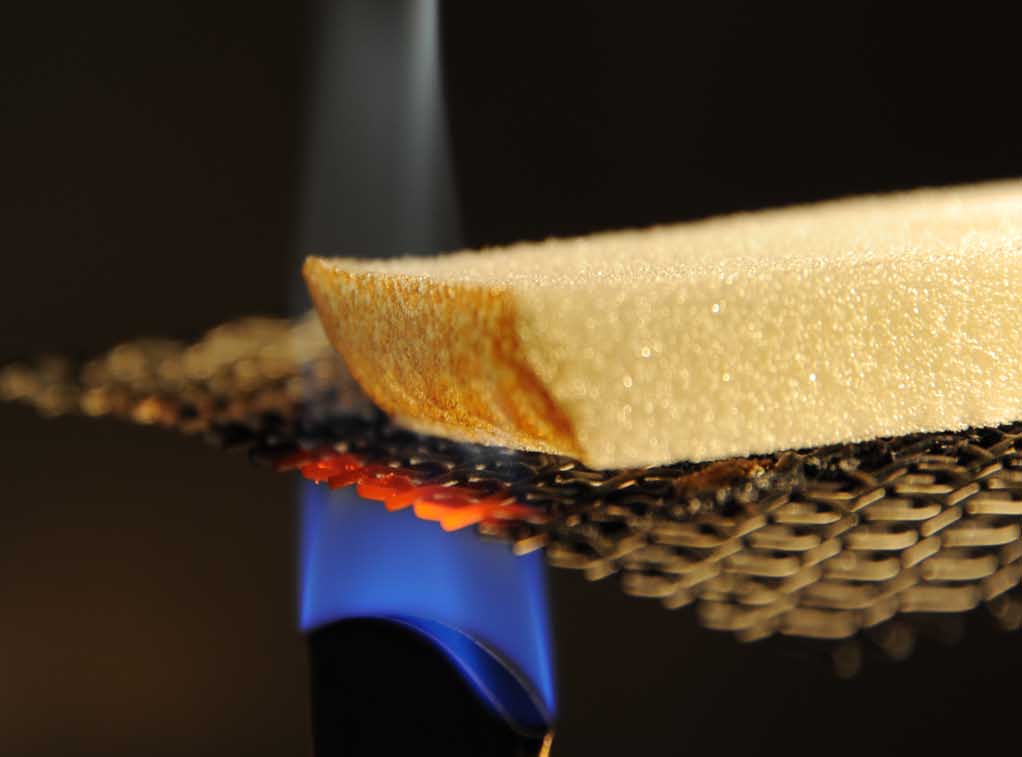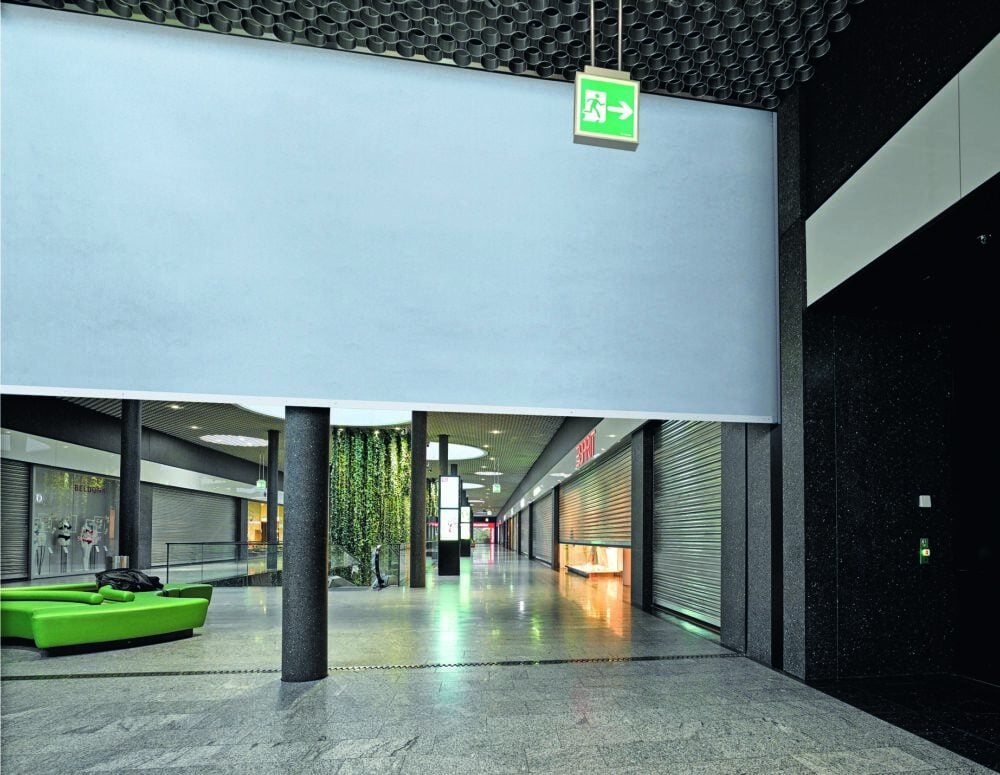New flame retardant about to enter the market
Chemists at Empa have developed and patented a new synthesis route for environmentally friendly flame retardants. These are suitable for mattresses and upholstery. Unlike previous flame retardants made from chlorine-containing chemicals, the new class of substances is non-toxic and efficient. Two of Empa's industrial partners are now bringing the new development to market.

The system developed at Empa environmentally friendly flame retardants named EDA-Dopo goes into series production. Crucial to this success is the newly developed, particularly economical and ecological synthesis process, which also simplifies the production of other Dopo derivatives. Metadynea Austria GmbH will manufacture the substance, and the globally active FoamPartner Group will use it to produce flame-retardant polyurethane (PU) foams for upholstery and mattresses if there is sufficient demand. After the new production process for Dopo derivatives was patented in June 2017, the Austria-domiciled company has already produced around 1.5 tons of the flame retardant.
Non-toxic - even in case of fire
This is a first step towards replacing conventional halogenated flame retardants. These agents, which have been in use up to now, are sometimes toxic and produce poisonous gases in the event of fire. The EDA-Dopo developed at Empa - a derivative of the well-known flame retardant Dopo (9,10-dihydro-10-oxa-phosphaphenatrene oxide) - is non-toxic. Nevertheless, foams containing EDA-Dopo meet the highest flame retardant classification (UL 94 HB).
Flame-retardant expert Sabyasachi Gaan developed EDA-Dopo at Empa over two years of research as part of the Eureka Suspur project (www.eurekanetwork.org/project/id/8058). The impetus came from the FoamPartner Group, which wanted to expand its product range with environmentally friendly, flame-retardant PU foams. Currently, the company is the sole licensee for EDA-Dopo for PU foam production.
Mandatory for public spaces
Flame-retardant upholstery is primarily prescribed for areas where many people are present: Airplanes, trains and buses, hotels and restaurants. Flame retardants prevent ignition, for example with cigarettes or through vandalism. But here, too, environmental standards are becoming increasingly stringent. Evaporation of flame retardants into the surrounding air and atmosphere is undesirable; likewise, the toxic gases that can be produced by fire are becoming less acceptable. Many countries have already banned halogenated flame retardants. As a result, the need for modern, harmless alternatives is growing all over the world.
Although foam production with the new flame retardant is already underway, products with EDA-Dopo will not yet go on sale immediately; this is because certification of the flame retardant under the European chemicals regulation REACH is currently underway. The foam samples produced are currently undergoing various tests so that the global markets can be served with the new flame-retardant foams as quickly as possible after REACH certification.









